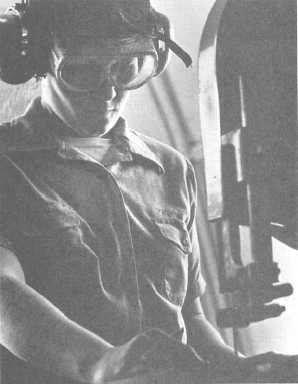Figure 12-11.—Framing the point of interest using a cargo net.
Foreground and Background
The area in front of and behind a subject can be used
to develop depth in a photograph. For example, when you
place objects relevant to the subject in the foreground, the
foreground and the subject (in the middle ground) both
become elements of interest in the photograph.
However, you should avoid a busy foreground or
background. Too many details or unattractive components
will detract from the main subject. For instance, a flagpole
or a sword in the command insignia appearing to grow out
of someone’s head obviously harms the effect of the
photograph.
The foreground or background also can be blurred
intentionally by camera settings and selective focusing to
draw attention to the subject.
Framing
Another method of confining attention to the point of
interest is by framing it with foreground objects (fig.
Figure 12-12.—Informal working portrait shot from a low angle.
12-11). The object could be an arch, a window, a tree limb
or even an arm or leg.
Camera Angle
The camera angle also is very important in good
composition. It can help you place emphasis where you
want it. Angles can be used to create the unusual when the
scene is commonplace. Using a high, low, left or right
angle relative to your subject can produce an entirely new
effect. Avoid shooting everything from the common eye
level. This is the same view seen by your viewer all day
long. Walk around the subject and determine which
viewpoint will have the most impact or the most pleasing
effect.
When the camera is placed above the level of the
subject, it creates a distant and detached view. Shooting
from a low angle produces a dramatic and a statuesque
effect (fig. 12-12). When the camera is aimed at a 45-
degree angle toward the subject, it lends depth to the
subject and gives the best identification. On the other
hand, a frontal view creates a flat appearance and will not
last very long in the viewer’s mind.
12-14




